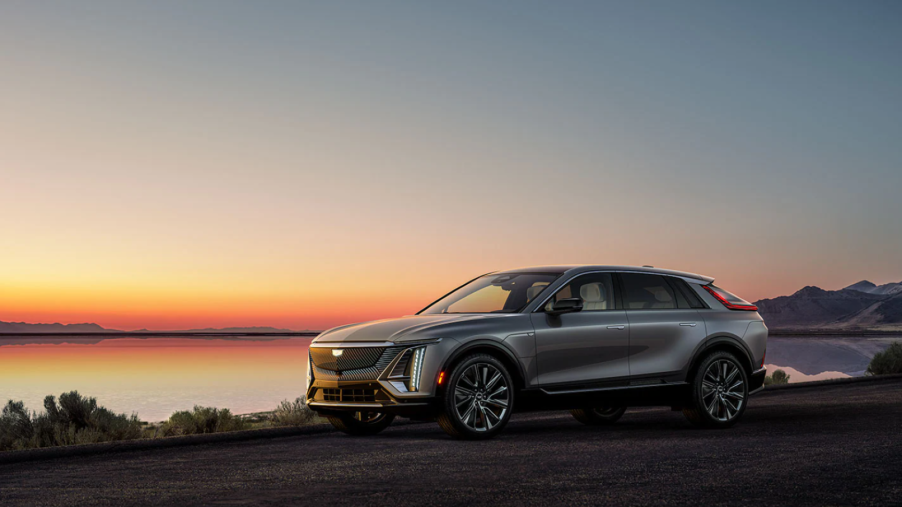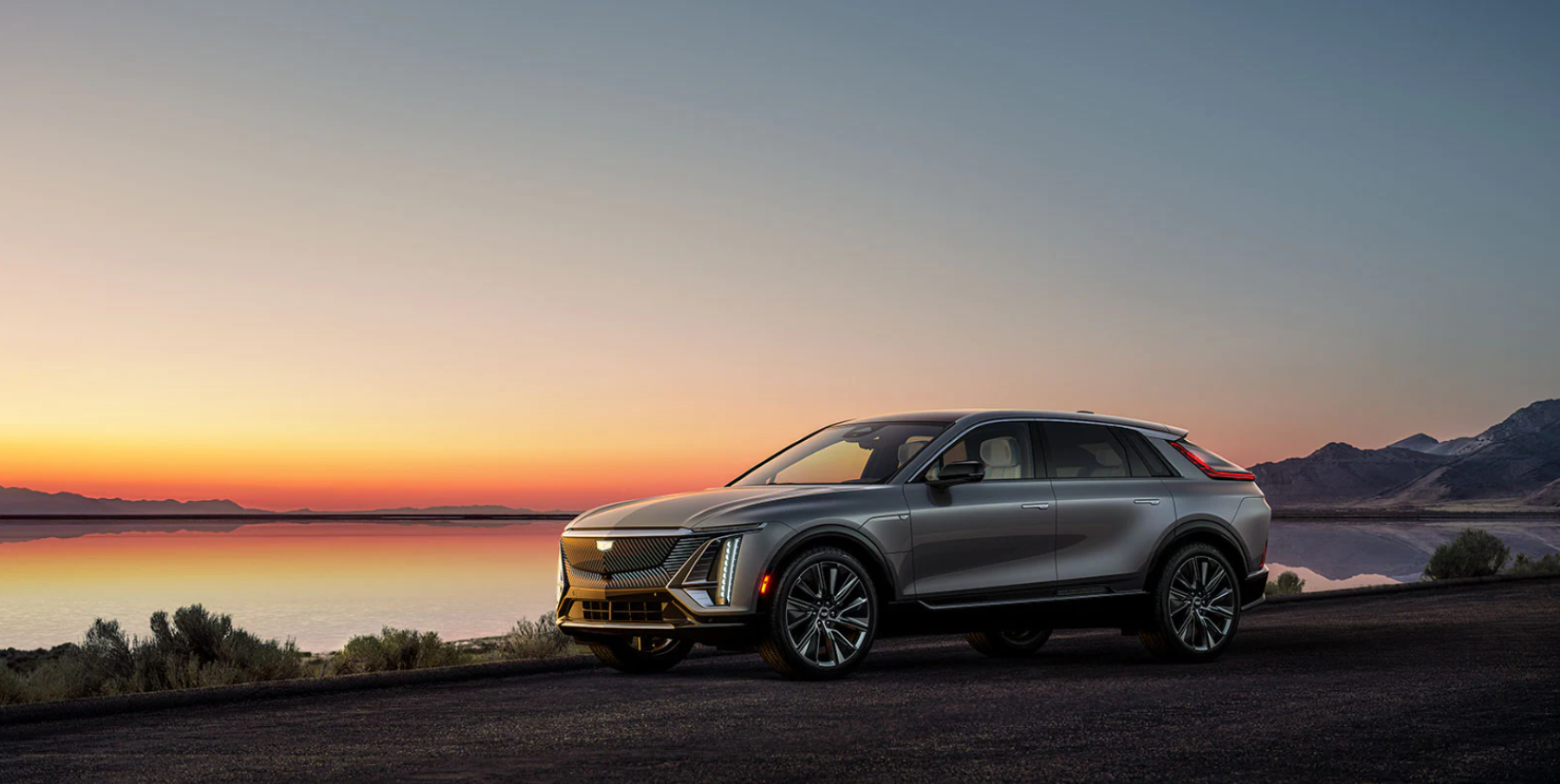
Why Are EVs Like the Cadillac Lyriq and GMC Hummer so Heavy?
More and more car buyers opting for EVs over their gas-powered counterparts isn’t surprising considering the advantages of going electric. Electric vehicles are cheaper to own, cheaper to fuel, better for the environment, and you even get tax credits for buying them, among other benefits. However, one thing about them that may be problematic in the future is that they’re much heavier than gas-powered cars. This is especially exemplified by models like the Cadillac Lyriq and GMC Hummer.
How much do the Cadillac Lyriq and GMC Hummer weigh?

From the specs and features listed, the Cadillac Lyriq and GMC Hummer are two very impressive EVs, although they’re meant for different markets. The 2023 Cadillac Lyriq is a four-door luxury electric SUV with both RWD and AWD options for the drivetrain. Edmunds notes that it’s also fitted with a 100.4 kWh-capacity battery. Like other future GM EV offerings, it should come with the automaker’s Ultium battery technology.
The single-motor Lyriq offers 340 horsepower and 325 lb-ft of torque, bumping up the power to 500 hp for the AWD model. As for the 2022 GMC Hummer EV, it’s another four-door vehicle, although it also comes with a truck bed on the backside of the EV. According to Edmunds, it features four-wheel drive as standard. It’s also fitted with a 200 kWh Ultium battery, and its unique motor setup can produce 1,000 horsepower.
Notably, the Cadillac Lyriq weighs 5,688 lbs and 5,915 lbs for the RWD and AWD versions, respectively. According to GM Authority, this weight makes it even heavier than the Cadillac Escalade options with similar drivetrains.
The GMC Hummer EV’s weight stands at 9,063 pounds for the fully loaded Edition One. MotorTrend even highlights the fact that this new hummer weighs approximately 950 lbs more than the previous generation Hummer H1.
Why EVs like the Cadillac Lyriq and GMC Hummer are so much heavier
While the Cadillac Lyriq and GMC Hummer are great examples, it’s worth noting that EVs are generally heavier in comparison to gas-powered cars. There are a few major and minor reasons as to why this is the case. The biggest reason is the battery pack needed to power the vehicle.
These battery packs can be pretty heavy, and Motor Hills even notes that for the smaller Tesla Model 3, the battery takes up almost a quarter of the EV’s overall weight. Additionally, the batteries are fragile and can potentially explode if punctured. As such, they need protection, with manufacturers often using heavy-duty metals to create a protective shell around them.
Notably, with the overall weight rising due to the batteries and shell, the car also needs a stronger body. Consequently, electric vehicle manufacturers use more robust metals in their offerings, therefore adding to the weight.
Other minor reasons for the increased weight include upgraded suspension systems and the extra electronic components needed in the vehicle, including the charging hardware.
Problems associated with heavier vehicles
Of course, EVs being heavier also has other implications on car safety and road use. According to CNN, the extra weight in EVs is good for their passengers but bad for passengers of gas-powered cars when the two collide. The heavier vehicle will typically keep moving, while the lighter one will have to change direction. As such, the passengers in the lighter car will be subject to an abrupt change in direction that significantly increases their risk of injury.
Additionally, there’s the impact of heavier vehicles on road surfaces. Despite the roads being designed to handle even the weight of commercial trucks, the extra weight of options like the Cadillac Lyriq could take its toll over time. Eventually, this may necessitate more frequent infrastructure maintenance.


